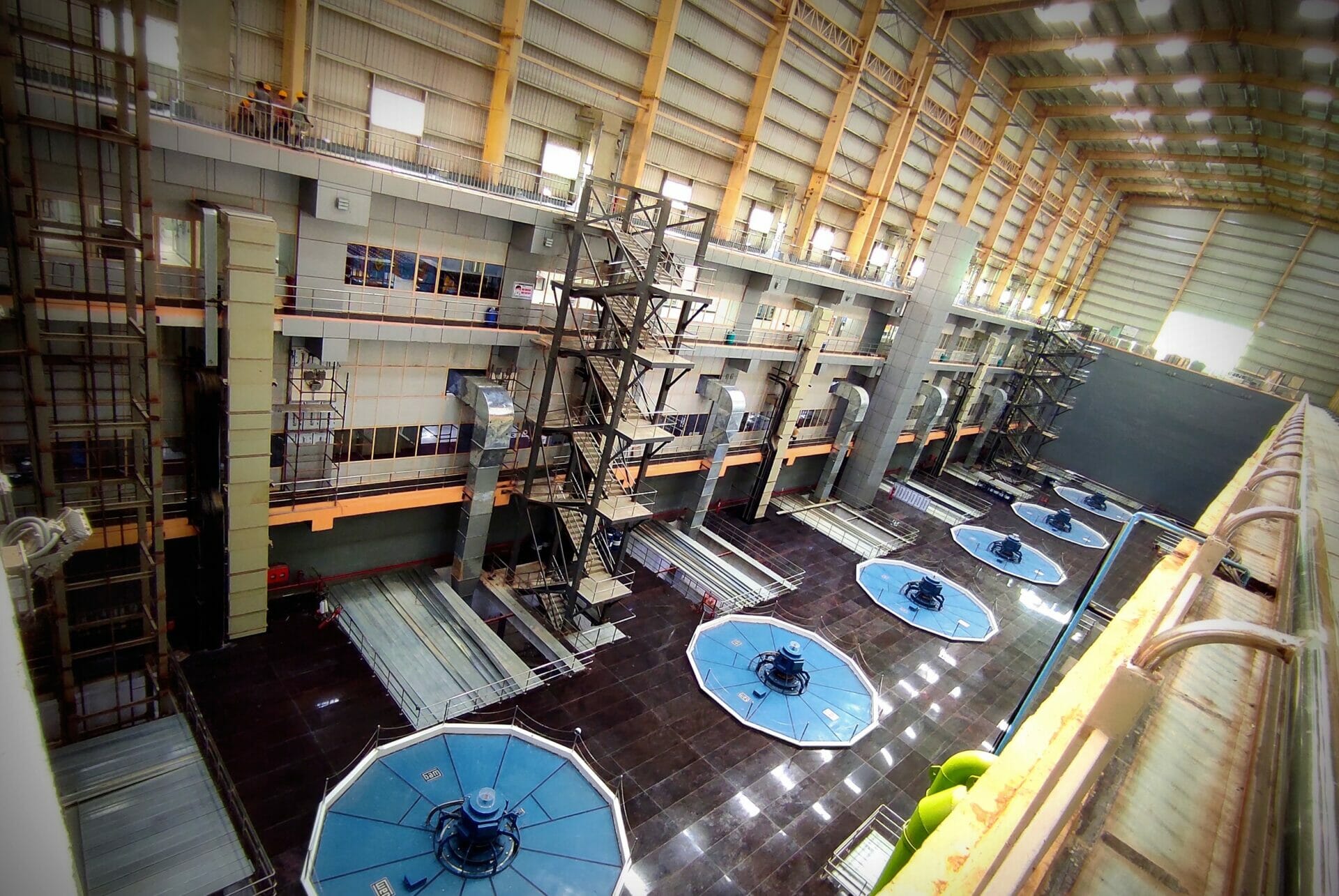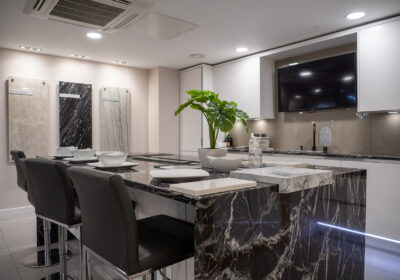~ Supporting Kaleshwaram lift irrigation scheme to end water woes ~
The quality of agricultural land in India varies from region to region, with some parts being quite arid. In fact, in parts of the country where land requires water levels of up to 800m, just 200m of water is present. Without water facilities nearby, these low water levels are not sufficient to irrigate this dry agricultural land. Here’s how industrial motor manufacturer WEG has partnered with MEIL to provide equipment for the Kaleshwaram lift irrigation scheme, a multi-purpose irrigation project on the Godavari River in Kaleshwaram, Telangana, India.
The Kaleshwaram lift irrigation scheme of Telangana is the world’s biggest multi-stage lift irrigation project, supplying water to the drought-prone upland regions of Telangana. Using lifts and pumps in a complex system of reservoirs, water tunnels, pipelines and canals, the project irrigates 7284.34km of land in 13 districts and stabilises 6879.65km in seven other districts — virtually covering the entire state.
To achieve this feat, the Telangana state government invested in the implementation of several irrigation facilities, lifting the water from low levels to much higher ground using WEG’s industrial technologies.
The irrigation is achieved using perennial rivers which, although have a constant flow of water throughout the year, stop flowing during severe drought. These perennial rivers have very low water levels of around 200m, meaning that when water requirement is 800m, 400 to 600m of water needs to be pumped.
To put the scale of this task into perspective, a single lift usually pushes up 20-30m of water but can go up to 400m if required. For instance, say an irrigation facility lifts a maximum 40-50m of water in every pump house, a series of pump houses is therefore required to provide a height level of up to 400m.
WEG was approached by MEIL, an engineering infrastructure company, to help achieve this outcome for the irrigation project. MEIL was tasked with establishing a sophisticated electromechanical system for the project within three years, meaning that WEG was required to supply the required equipment as quickly as possible.
WEG suggested 22 synchronous motors. These motors were developed to help to lift 0.06kmᶟ of water a day, while requiring 1120 megawatts (MW) of power for 28 pumps in three pump houses to lift the water.
The motors were chosen as they can also divert high levels of water for more even distribution. During periods of rainfall, in which increases water levels, the pumps driven by WEG motors could also ensure surplus water is supplied to storage areas, such as lakes, rivers and reservoirs.
The project required high levels of reliability. Therefore, WEG’s engineering expertise and the reliability of their equipment means that there is a constant supply. From motor design to the stopping sequence of the motors, all potential eventualities were examined prior to the installation, ensuring implementation was without any major issues.
Moreover, WEG’s previous experience of supplying equipment for a similar irrigation project also ensured the Kaleswaram lift scheme was completed to a high standard.
In 2007, WEG supplied 160 large (MW) synchronous vertical motors, plus excitation panels and brake systems, for use on pumps in the Handri Neeva Sujala Sravanti (HNSS) project in Andhra Pradesh, India. WEG’s synchronous vertical motors are used to power high-capacity pumps supplied by Kirloskar Brothers, the largest manufacturers of hydraulic pumps in India.
At the time, this made the HNSS project the largest that WEG has ever supplied to India, at a value of at $100 million.
“For the irrigation projects in India, WEG’s equipment is now used across all states — 29 to be exact,” explained Sri Balaji, deputy general manager at WEG India. “Since 2019, we have supplied around 400 motors including 14MW motors and 14 machines in a single pump house for this Kaleswaram lift scheme. In fact, WEG has several of its own manufacturing facilities in India, meaning much of the equipment was developed in India too.”
Reflecting on the wider impact of WEG’s involvement in the project, Ranjit Kumar, assistant general manager at MEIL explained, “the Telangana state government wanted their land irrigated in a short time frame, with a high discharge pumping system, WEG’s India and Brazil teams were flexible with MEIL’s requirements, and the integration of the complex system was achieved in a three-year time frame, meeting the Telangana state government’s objective.”
Irrigating notoriously dry agricultural land during drought periods, a seemingly impossible task, has become a reality across the state of Telangana. The once low-level, drought-prone land now has water levels of more than 400m, allowing for more efficient farming and lower crop failure risk. All with the help of WEG and MEIL, these water levels irrigate essential areas in India, ending water woes.
For more information on WEG’s lift irrigation projects, please visit www.weg.net.





